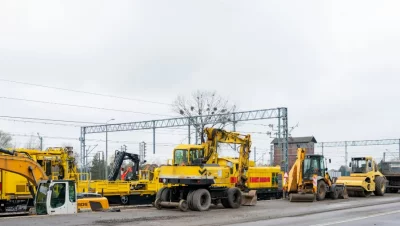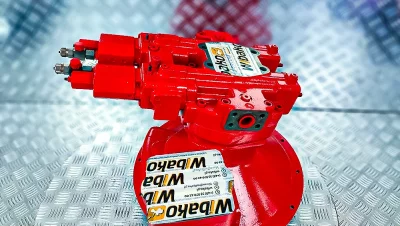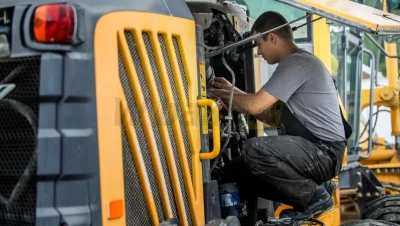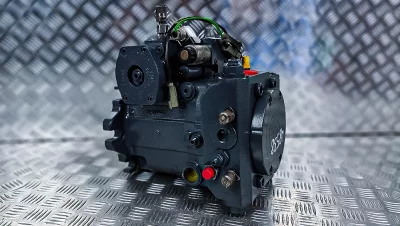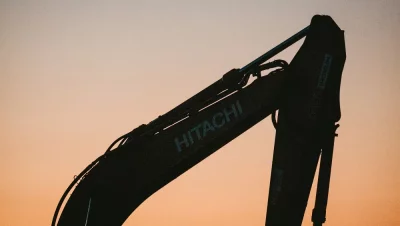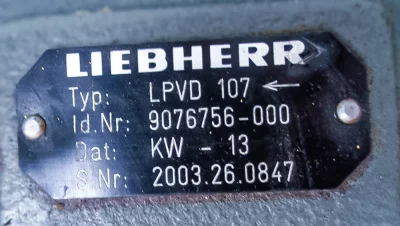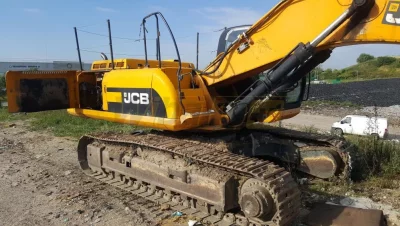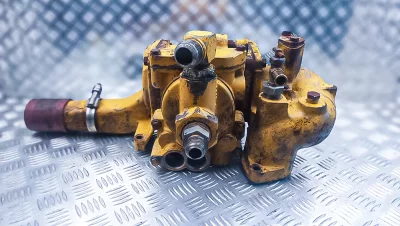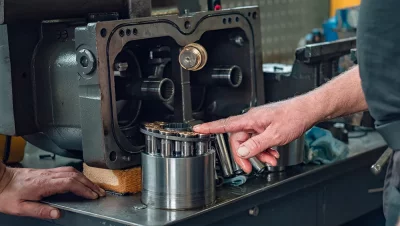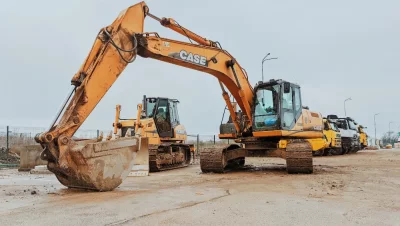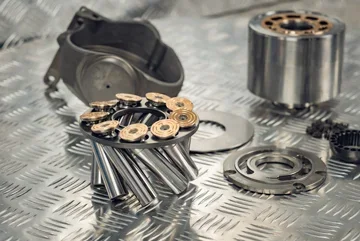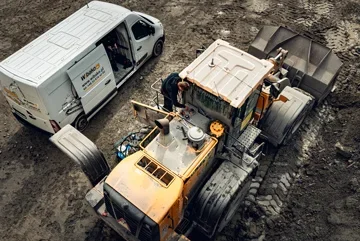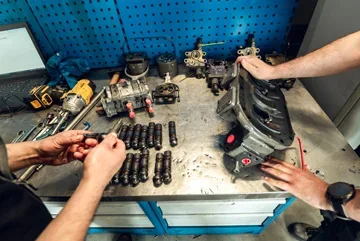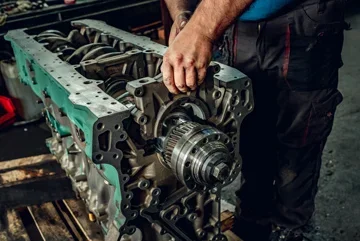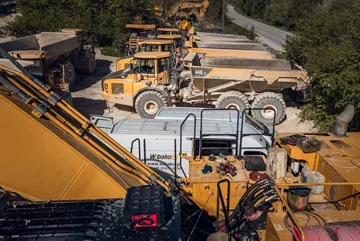Role of the discussed machines
It is commonly known how important a role soil compaction plays in the entire investment process. Despite this, this stage of work is still often neglected. Contractors either do not devote enough time to it, or, more often, use inappropriate equipment.
Meanwhile, the choice of soil compaction machines is so large that virtually every professional can find one that will guarantee quick and above all proper execution of this type of work. We have prepared a brief description of the most popular soil compaction machines.
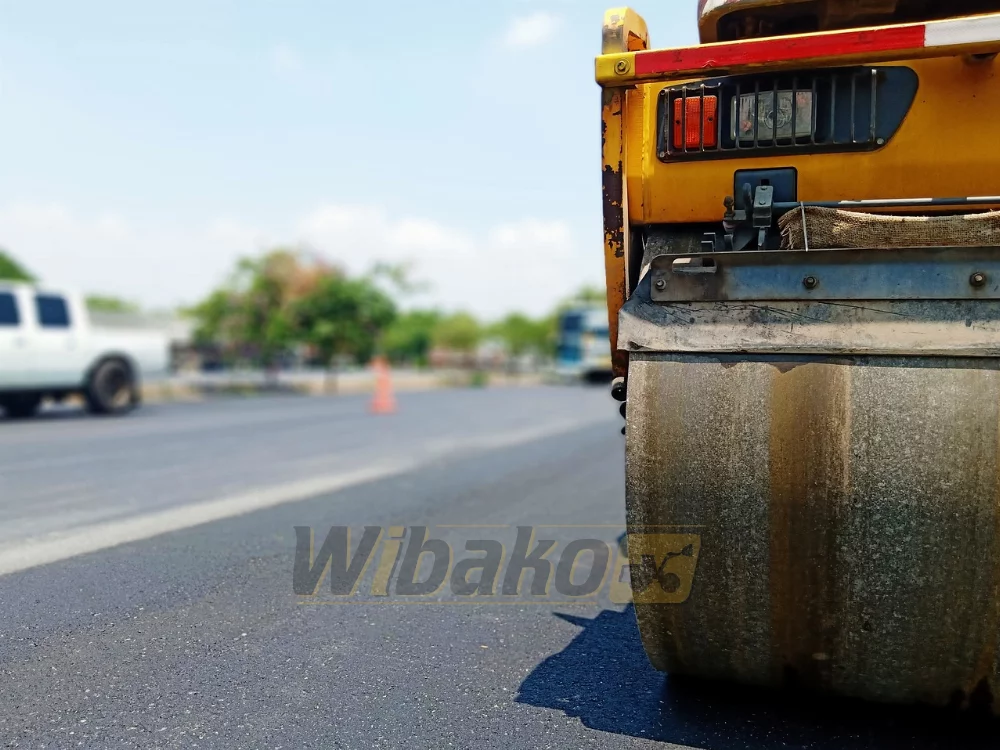
Improper soil compaction and its consequences
The primary goal of compaction is to strengthen and stabilize the soil, which increases its load-bearing capacity and water resistance, while reducing the soil's susceptibility to deformation, for example, under the influence of changing weather conditions.
Neglecting these works threatens very serious consequences, including the risk of a building disaster or the need to carry out costly corrections.
A classic example here may be sinking roads, which every driver driving in Poland has certainly encountered.
To avoid such a scenario, it is necessary to use appropriate soil compaction machines, and to properly select them in terms of soil type and its moisture, the scope of planned works, the weight and dimensions of the machine, its speed, impact force, efficiency, and the comfort and safety of the operator's work.
Roller - the most popular soil compaction machine
It would be hard to point out more characteristic equipment that is widely used for soil compaction, gravel or sand compaction and compaction of masses in road construction. Without a doubt, it is the roller that provides the highest efficiency in carrying out this type of work.
It is worth knowing that there are at least several types of rollers, which we distinguish, among others, due to the applied drive (self-propelled rollers, trailer, manually operated and remotely controlled). Another, much more important division, comes down to the way of interacting with the substrate.
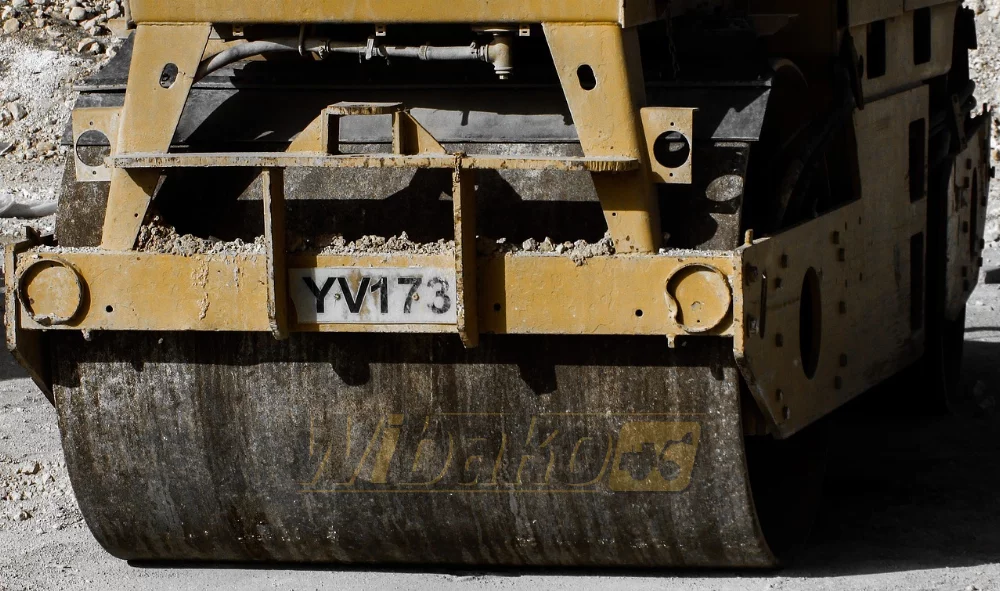
Types of rollers - static, vibratory and impact
The first ones act on the substrate only by their own weight and affect the depth of up to maximum 50 cm. Vibratory rollers perform better in this respect, which in addition to their own mass also use the phenomenon of vibration and can act even several meters deep.
The main difference between these rollers is that in the case of vibratory rollers the rolling drum moves in a vibrating motion. Vibratory rollers are used for more demanding work, while static ones are better suited for finishing work, when the goal is to achieve a smooth and even surface.
Impact rollers, which act on the substrate with their own mass and the force of freely falling weights, are less popular.
In addition, rollers can be divided according to the elasticity of the drums (rubber and steel), shape (disc, smooth, studded), weight (light, medium, heavy) and the number of drums or frame construction. In each case, the basic elements of the machine's construction are the drum, frame, engine, housing and control system.
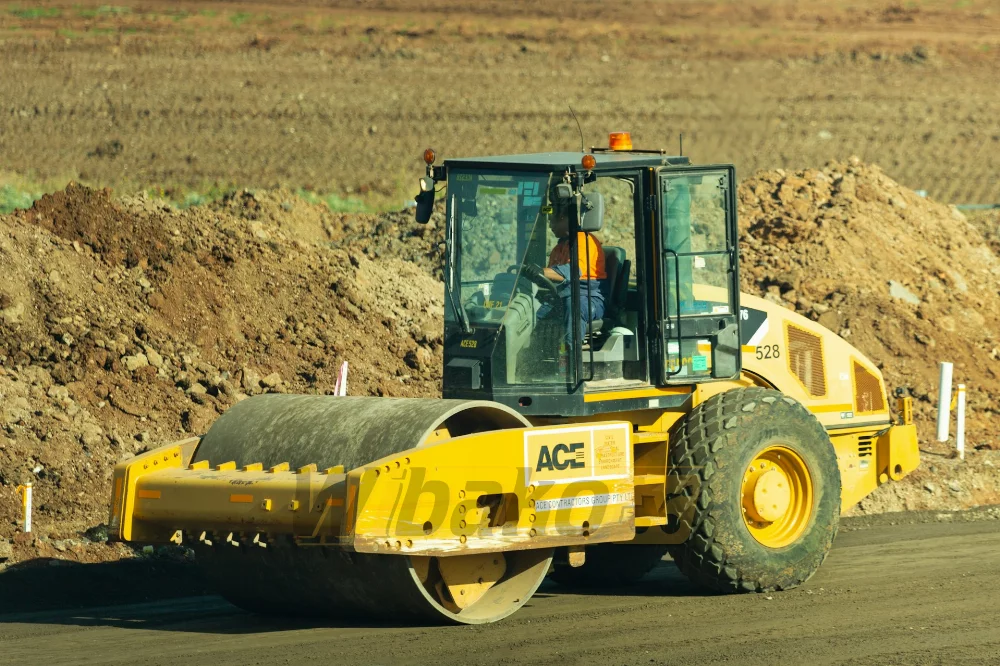
Smaller soil compaction machines
The basic disadvantage, or rather limitation of rollers, is that due to their large size they cannot be used for work requiring limited pressure.
In such situations, small soil compaction machines, such as electric, gasoline and pneumatic tampers, perform much better. These machines use the vibration process and are most often used for such works as laying paving stones or cables.
In addition, vibratory rammers and tampers, which are concrete or steel blocks suspended in excavators, are available.



